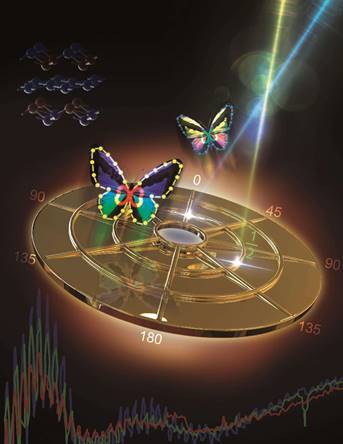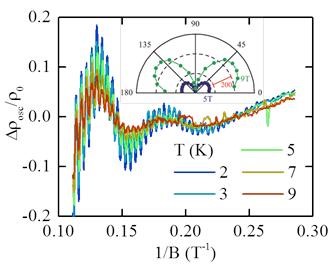

Recently, topological semimetal has been a new topic in the topology condensed matter physics, and has quickly become a new research hotspot and frontier of quantum materials because of its advantages of topological protection and then extraordinarily strange magnetotransport properties (such as negative magnetic resistance, huge magnetoresistance) as well as the extremely high carrier mobility. People have been pursuing the topological insulator surface state and its excellent properties, and moreover, analogous "three-dimensional topological surface state" of topological semimetal is considered as one of breakthrough of topology configuration to achieve the practical application. Lately, the theory predicts that ZrSiS family is the line-contact node-line semimetal that is likely to provide topology carrier of higher concentration system, which will be the key step of topology application materials. ZrSiS also has the characteristics of high stability, non-toxic and abundant element reserve, and its crystal structure is similar to the "111" type of iron-based superconductor--LiFeAs, therefore it is an ideal platform to research the topology physics and its application.
Recently, Xuefeng Wang, the professor of School of Electronic Science and Engineering at Nanjing University, and his cooperators conduct a research about the physical properties of ZrSiS quantum materials. They have developed the high quality single-crystal samples of which size is approximately 5*2*0.5mm3, and migration rate reaches up to 10000 cm2/Vs. Magnetic transport measurement shows that when the magnetic field increases to 53 Tesla ZrSiS still keep unsaturated magnetoresistance property, and has anisotropic angle dependence of the butterfly type magnetoresistance. At the strong axis magnetoresistance ratio can reach 200000%, and anisotropic resistance ratio is more than 10000%. These exhibit the possibility that this material is widely used in new microelectronic devices and magnetic sensor in the future.
Moreover, ZrSiS also presents strong Shubnikov-de Haas oscillation. At low temperatures, quantum oscillations appear at quite low magnetic fields and it can be clearly identified as the mode of two oscillation. The drew sector chart of Landau levels reveals that one of Fermi surface have adjacent-half non-mediocre Bailey phase, which corresponds to a Dirac cone locking spin momentum. They further analyze the carrier concentration of the various electronic states from the fitting of Hall resistance and magnetoresistance data, which reaches to the level of 1021/cm3. Such concentration of Dirac carriers is untouchable for graphene, topological insulators and point-type Dirac semimetal, and is most likely to be the characteristics of the node-line semimetal.

It is more interesting that the material also exist as two-dimensional Dirac surface state. They observe diamond-type Fermi-surface characteristics by Angle resolved photoemission spectroscopy, followed by measurement of change of the Fermi surface through changing the energy of incident photon to find out a small pocket that does not change with the photon energy. The calculation of the primary principle of density functional shows that such pocket is contributed from single-layer ZrSiS, suggesting that quasi-two-dimensional structure separation and electronic state exist in ZrSiS. In addition, theoretical calculation also presents the electronic structure of single-layer ZrSiS, and describes the characteristics of the single-layer Dirac electronic. It is the first time to find the quantum material that has the combination of bulk phase and the surface Dirac electronic state.
This work is completed by the collaboration of several research groups leaded by Prof. Xuefeng Wang (School of Electronic Science and Engineering at Nanjing University), Prof. Fengqi Song and Prof. Xiangang Wan (School of Physics at Nanjing University), Prof. Yulin Chen (ShanghaiTech University) and Prof. Zhengcai Xia (Wuhan National High Magnetic Field Center), etc. Relevant thesis is published in Advanced Electronic Materials – the subordinate journal of Wiley by the form of inner cover story (DOI: 10.1002/aelm. 201600228).
